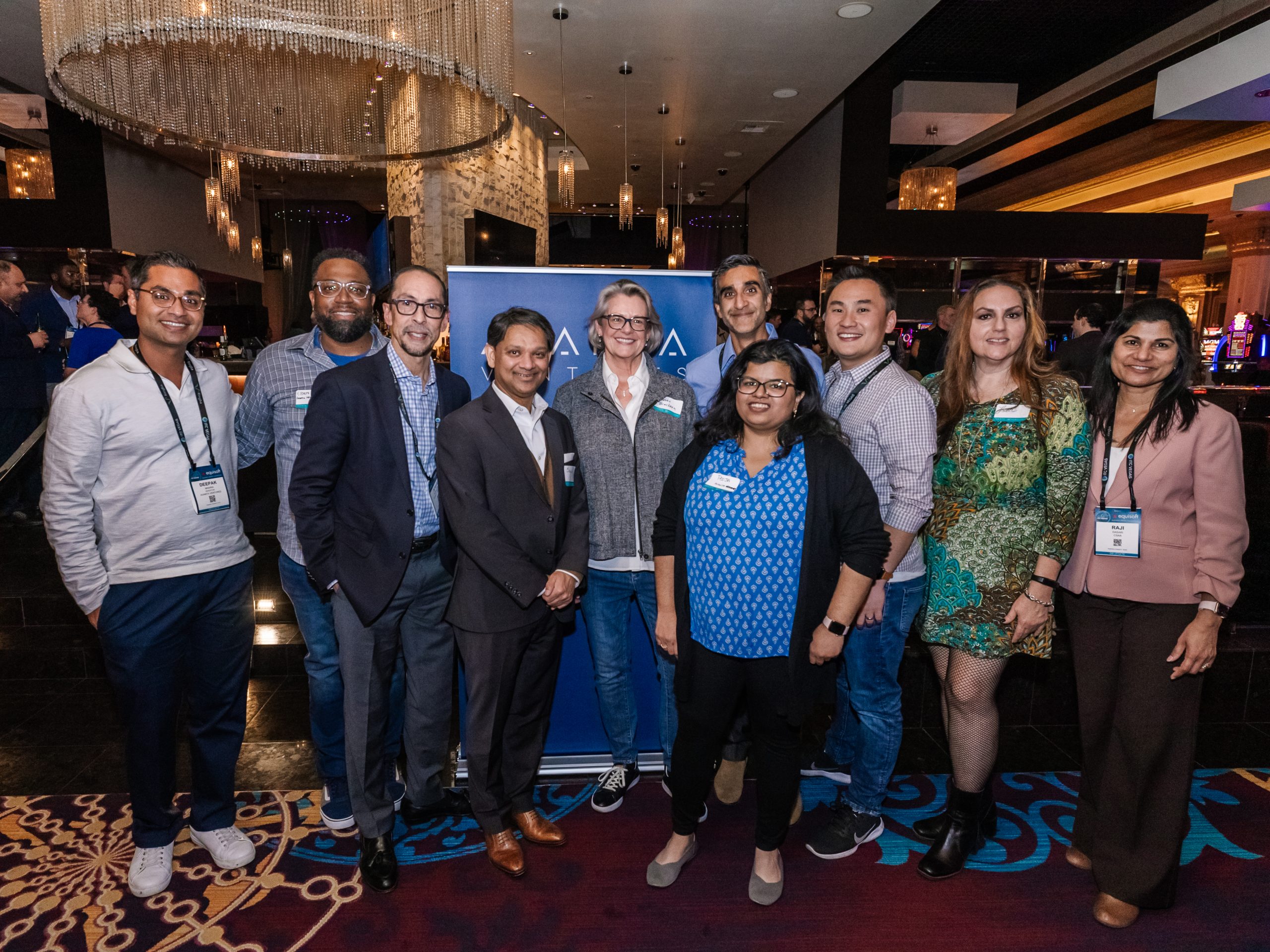Imagine your next take-out meal being lowered down to you by an autonomous object — a drone, to be exact. This futuristic scenario is closer than we think. With the continued impact of COVID-19, drone deliveries may be the solution for a safe and efficient way of product exchange.
We recently co-hosted an event with Silicon Valley Forum, where we gathered a group of esteemed panelists to discuss where the future of drone delivery was headed. With over 300 participants joining us virtually, it’s safe to say that the event was a success, full of dynamic discussion and inquiry. The event was hosted by Denyse Cardozo, Executive Director at Silicon Valley Forum and moderated by our very own David Li, Principal at Avanta Ventures. CSAA Insurance Group’s CEO, Tom Troy, kicked us off with opening remarks, where he set the tone for the event and his vision for the future of drones.
“We’re on the precipice of something really interesting and really powerful in terms of the way this type of delivery mechanism can change the future.”
Tom Troy, CEO of CSAA Insurance Group
We had the pleasure of being joined by fellow panelists and thought leaders:
- Michael Healander — President & CEO, Airspace Link, Inc.
- Bala Ganesh — Vice President, Engineering, United Parcel Service
- Yariv Bash — Co-Founder & CEO, Flytrex Aviation
- Katy J. Milner — Partner, Wiley
In case you didn’t get a chance to join us for the event, here are five key takeaways about the future of drone deliveries:
Drone regulations are close to getting off the ground
In 2020, the year of increased need for contactless distribution, we have seen a number of drone-enabled deliveries start to take flight. The panel was asked to give a baseline for the audience to understand the status of enabling drone delivery. Michael Healander found, that as regulations started to catch up and technology continued to get approved in 2020, there is a lot of innovation to look forward to in 2021. In fact, the U.S. Department of Transportation has set aside $1.4 billion to help integrate drones into the U.S., using propositions, such as LAANC Remote ID to streamline the regulatory process along.
There are different stakeholders required during the approval process
In the grand scheme of things, the approval process for drone deliveries can be time consuming and tedious. There are many factors to take into consideration and different hoops to jump through with the help of stakeholders. David asked the panelists to help us understand which stakeholders need to get involved if we want to approve drones on a much larger scale and how that evolves as the space matures. Bala Ganesh gave insight explaining how there are a variety of stakeholders involved to make drone deliveries a reality. The Federal Aviation Administration (FAA) works closely with companies in the process and at the end of the day, has final authority. The U.S. Department of Transportation will also play an impactful role as it has been in the initial phases of drone delivery conception and have been helping to shape it each step of the way. Additionally, engaging with local communities is an important step to gaining approval, as local acceptance is the key in moving forward with the project.
“The thing is there are a variety of stakeholders you need to work with to make this happen. The Federal Aviation Administration is the number one agency, the state DOT, and finally the local community because acceptance is key in taking this forward.” ~ Bala Ganesh @UPS #drones pic.twitter.com/g1c9P8PmMC
— Silicon Valley Forum (@SVForum) February 11, 2021
Use cases will differ between short-range and long-range drones
The audience posed an interesting question asking the panelists if they see drone deliveries as being mainly applicable for the last or middle mile and what the use cases would be. Yariv Bash mentioned that the FAA is currently placing a limit on drones up to 25 kilograms — or 55 pounds. With that said, those types of vehicles will be mostly used for the last mile or short-range for on-demand deliveries. As time progresses, we can expect to see companies and startups working on larger vehicles for longer ranges. Michael adds that he has seen a variety of drones in many different use cases, whether it’s long-range COVID-19 vaccine deliveries or short-range drones patrolling college campuses. There will be a fleet of different drones based on the different types of operations they are certified in.
Drone deliveries will rely on autonomous systems
Another topic that was touched on was how technological requirements vary by use case and how best to protect drones from cyber-attacks. Yariv explained that in order to successfully deliver a pizza, for example, companies need affordable drones operated by the same people delivering our food today. This requires a very unique approach. Yariv’s company, Flytrex Aviation, has designed a complete autonomous system with very simple-to-operate drones that have also been safety-certified. There are no cameras on board, as the operator does not have a joystick or virtual cockpit available. All controls can be executed on something as simple as an Android smartphone. This way, they can create an affordable cloud-based system that can mitigate any problem that arises from the operator or the drone itself.
Safety comes first
It’s no secret that with these technological advancements, come an increasing need to manage security and safety. Our panelists all agree one thing is for certain: safety is a top priority in the drone industry. Bala explained how UPS is quite familiar with this topic as they have risk management teams already established. “Safety is a core value for us, and these values don’t change,” he said, “It’s second nature to us.” UPS has existing safety assessment processes that they use in their bigger airlines, which they intend to replicate for future drone deliveries. From a legal perspective, Katy J. Milner explained the side of the FAA as their mandate is to promote safety and won’t permit something until there is sufficient safety test data. She urged companies to use pilot programs which will allow regulators to gain comfort with these new innovations.
As drone deliveries become more advanced, we look forward to seeing what possibilities are in store for the industry. We would like to thank Silicon Valley Forum for hosting an amazing event, as well as our moderator and esteemed panelists.
Click here to watch the full event.




